During the WEF meeting, the ETH Domain came to the SLF to present itself through six successful fledgling companies whose business activities are rooted in research. The highest-ranking visiting guest was Swiss Federal Councillor Guy Parmelin.
Spin-offs and start-ups from institutions within the ETH Domain render research findings usable for businesses and society at large. This makes them important players for transferring knowledge and technology and delivers undeniable proof that ETH Zurich, ETH Lausanne, the Paul Scherrer Institute (PSI), the Swiss Federal Laboratories for Materials Science and Technology (Empa), the Swiss Federal Institute of Aquatic Science and Technology (Eawag) and the Institute for Forest, Snow and Landscape Research (WSL) not only conduct research at the highest level, but also train experts and develop products that benefit society.
Accordingly, these two universities and four research institutes each presented themselves via a successful spin-off or start-up at the 'ETH Domain at WEF 2020 in Davos' event. Federal Councillor Guy Parmelin, State Secretary for Education and Research and Innovation Martina Hirayama, Swiss MPs, councillors from the governments of several cantons and presidents and directors of several universities, colleges and research institutes were shown round and introduced to the young companies.
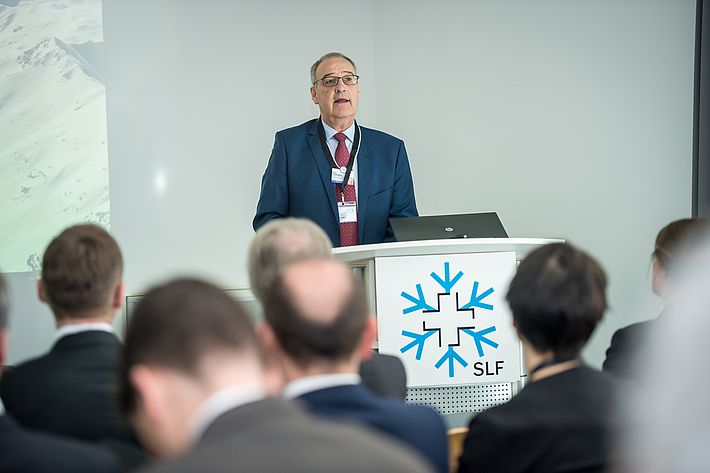
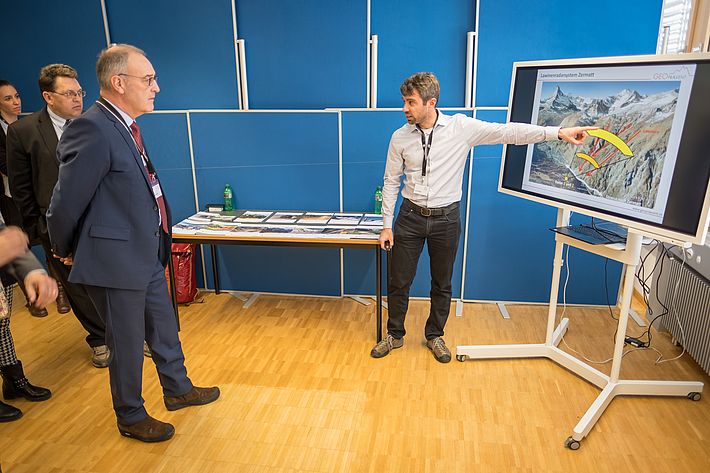

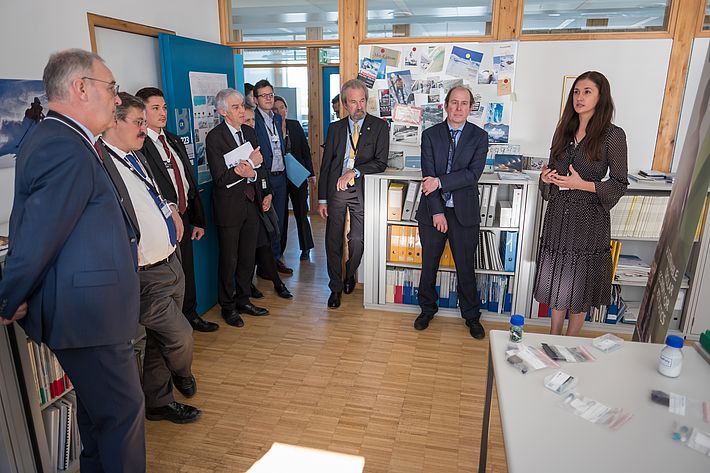
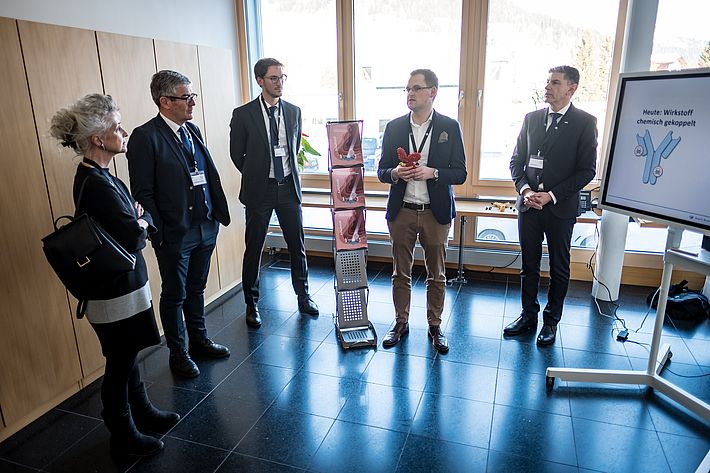

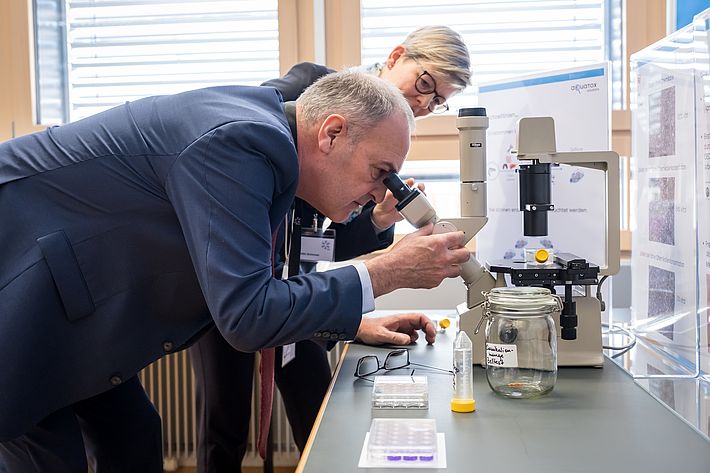
Contact ¶
Links ¶
The institutions of the ETH Domain and the spin-offs and start-ups:
WSL and GEOPRAEVENT
ETH Zürich and planted
EPF Lausanne and DePoly
Copyright ¶
WSL and SLF provide the artwork for imaging of press articles relating to this media release for free. Transferring and saving the images in image databases and saving of images by third parties is not allowed.
